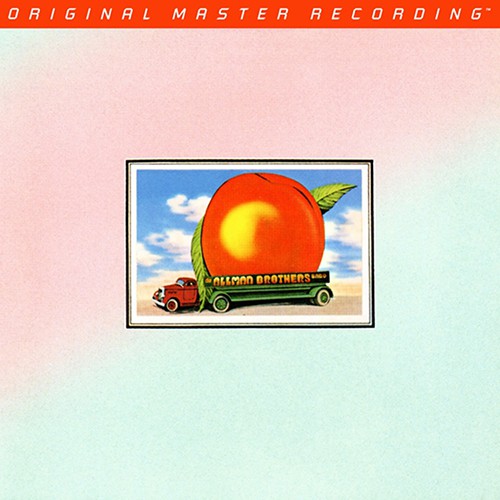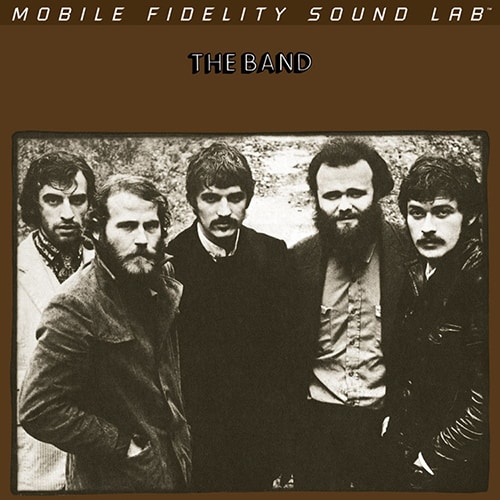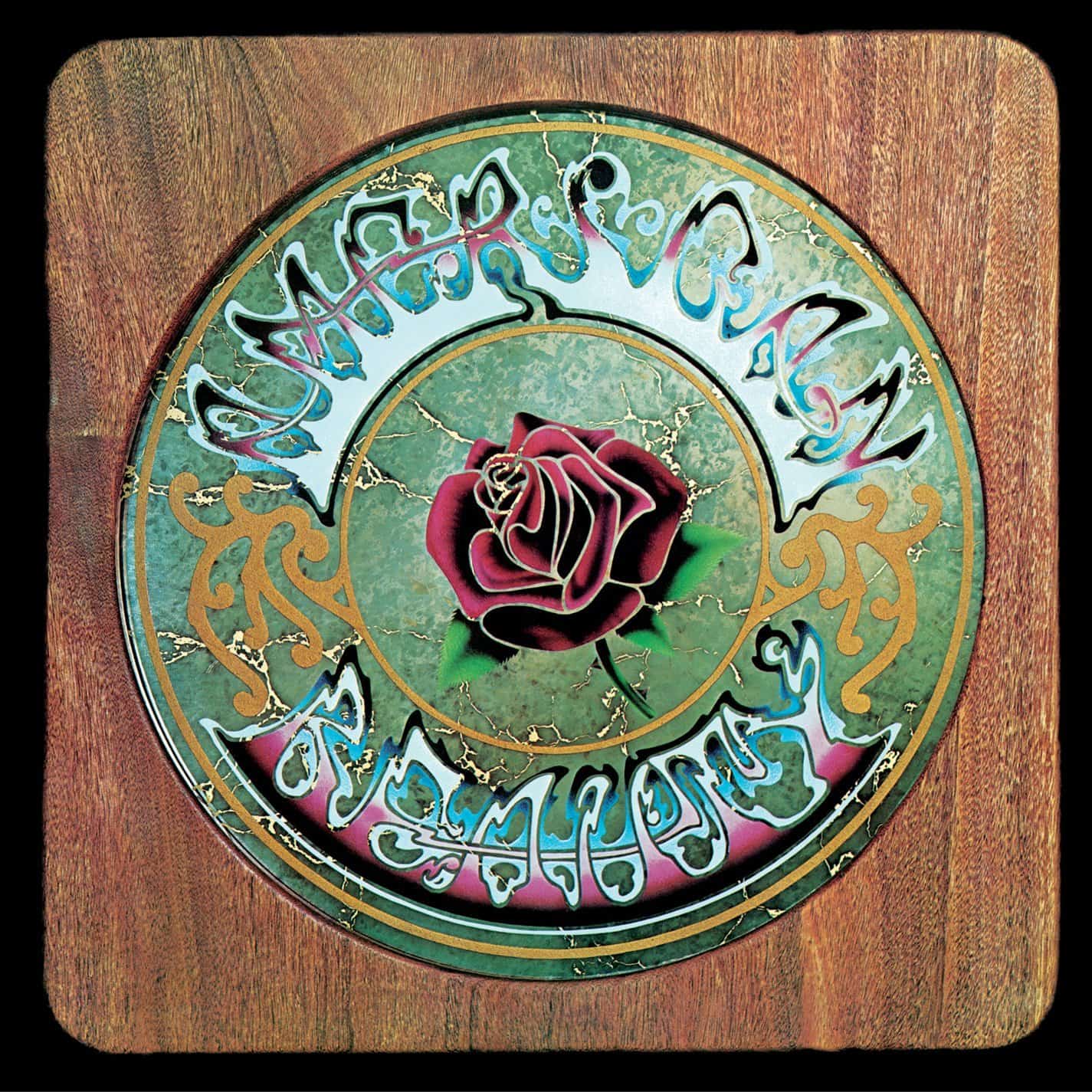Marketplace
2015 Mobile-Fidelity Sound Lab PRESSING
- Catalog Number MFSL 2-434
- Release Year 2015
- Vinyl Mastering Engineer Krieg Wunderlich
- Pressing Weight 180g
- # of Disks 2
- Jacket Style Single
- 100% Analog Mastering Yes
- Pressing Plant RTI
- Original Release Year 1971
- Original Label Capricorn Records
- Original Catalog Number SD2-802
When listening to this album I think of this band or music:
The brothers’ extended, danceable jams eclipse even those of the Grateful Dead for length and ferocity, and make the Who’s eight-and-a-half-minute “Won’t Get Fooled Again” seem positively terse.
Music from this album would be a great soundtrack to this movie:
Nothing says Southern rock like the Allman Brothers Band and no film better portrays the schism between north and south better than Ang Lee’s Ride with the Devil. Duane and Gregg Allman could have stepped into character in the movie with little change in hair, makeup, or costume.
The original Allman Brothers Band consisted of three superstar performers—the two Allmans, Duane and Gregg, along with Dickey Betts. Formed in 1969, the lineup significantly changed in 1971 when Duane died in a motorcycle accident. The brothers hailed from Florida, where they played together and apart in various groups. Duane became a session guitarist at FAME Studios in Muscle Shoals, Alabama. After he put together a group whose efforts disappointed FAME, the latter sold its Allman contract to Atlantic Records and the imprint’s new Capricorn label. As the band grew, Duane became the lead guitarist and Gregg the main songwriter.
Following a few LP releases and hundreds of shows, the sextet recognized concerts were its main draw. While band members struggled to make ends meet—touring in a Ford Econoline and a Winnebago, and living on the road—everything soon shifted. In March 1971, Capricorn recorded this live album at Fillmore East. It quickly climbed the charts and the rest is history. Save for a couple starts and stops, the band continued to perform and record into the twenty-first century. Yet nothing captures its energy and brotherhood in peak form like At Fillmore East.
Issued as a double LP with only seven songs, the first half features four compositions from other blues and R & B songwriters. The latter half focuses on Allman Brothers Band compositions. It includes one of the hardest-rocking versions of Blind Willie McTell’s “Statesboro Blues” in any format. The performance stands as one of the choicest guitar performances on record. Yet, without belittling the music in between, it’s the closing track—a 22-minute-and-40-second version of “Whipping Post”—that defines the album’s excellence and continues to vie for the title of the greatest live performance ever recorded. The gritty vocals, driving guitar and bass lines, and massive percussion interludes add up to sheer excitement that, for my money, remains equaled only by a couple numbers from the Who.
Mobile Fidelity’s reissue sounds outstanding. The original Capricorn pressing, which I owned since its release, did not hold up well to repeated use (unlike dozens of other albums I had from the same period). I eventually gave it up. A copy borrowed for this review was in even worse shape. In addition, the Capricorn LPs were cut in the record-changer format common to the period—side one on one record and side two on the second record. Mobile Fidelity’s RTI-pressed set is dead quiet and dispenses with the record-changer song order. Bass and dynamics are improved, but the biggest upgrade pertains to the significantly extended high end, which immensely adds to the impact of the guitars and percussion. Sure, better sonics may have been achieved in a studio, but as live recordings go, At Fillmore East resides in the top tier.
At Fillmore East
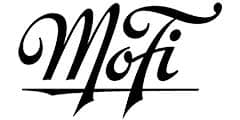
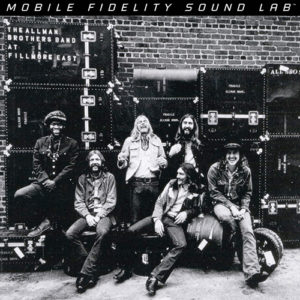
 4.5
4.5
